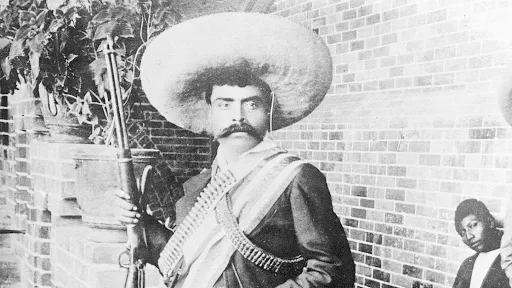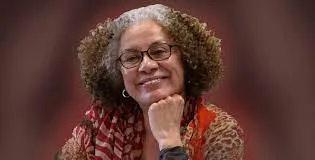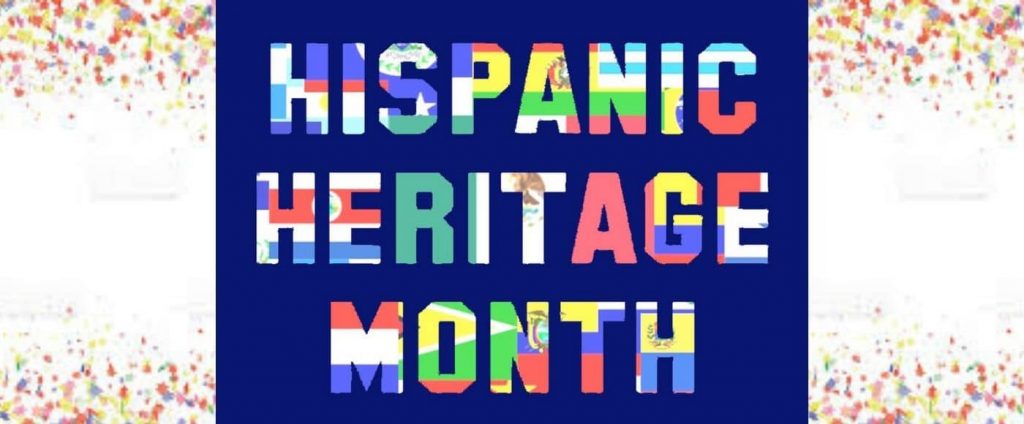History
Hispanic Heritage Month celebrates the cultures and traditions of those who trace their roots back to Latin American countries, including Costa Rica, El Salvador, Guatemala, Honduras, Nicaragua, and many others. This month is to celebrate the anniversary of Independence. Mexico’s Independence Day is September 16th. Chile has theirs on September 18th, and the country of Belize’s on September 21st.
National Hispanic Heritage Month is officially celebrated from September 15th through October 15th, giving the United States an opportunity to recognize and celebrate members of our communities and their ancestors from Mexico, parts of the Caribbean, Central and South America, and Spain.
In 1968, Hispanic Heritage Month was observed for one week. President Lyndon B. Johnson signed a bill designating the week of September 15th as “National Hispanic Heritage Week,”
Twenty years later, Hispanic Heritage Week became a month-long celebration under President Ronald Reagan.
When we celebrate, we should know that the word Hispanic is defined as relating to Spain or Spanish-speaking countries. In the 20th century, terms such as Mexican-American, Dominican-American, Honduran-American, and Cuban-American, among other hyphenated terms, entered into common usage in the U.S. The broader term Hispanic, which refers to both who live in Spanish-speaking countries and people in the U.S. of Spanish-speaking ancestry, came to prominence in the late 1960s. The word Hispanic became popular in the U.S. Census of 1970. People were classified based on language.
Latinx and Latine are gender-neutral forms of the word Latino or Latina and refer to the geographical location of a person’s country of origin or ancestors, typically with cultural ties to Latin America. Latine is a newer term that is gender-neutral.
Emily Key, director of education at the Smithsonian Latino Center, pointed out that the first known colony in America was not Jamestown but the Spanish colony of St. Augustine in Florida. “Hispanics or Latinos … have fought in every war since the American Revolution.” Hispanics are certainly an essential part of America’s fabric.
Contributions of Hispanics and Latinos to the United States

Celia Cruz
Singer Celia Cruz was born in Havana, Cuba, on October 21st, 1925. She was a successful singer in the 1950s, with the orchestra La Sonora Matancera. She recorded 23 gold records with Tito Puente, the Fania All-Stars, and other musicians. Cruz died in 2003 at the age of 77. When she was a child, her father wanted her to become a teacher. This was a typical job for Cuban women at that time. After enrolling in college to become a teacher, she dropped out shortly after with the encouragement of her professor. He convinced her that she should try a full-time singing career. She began singing live performances and on radio shows. Cruz made her first recordings in 1948. By 1950, her singing career started to take off. She began singing with the famous Cuban orchestra La Sonora Matancera.

Sonia Sotomayor
Judge Sonia Sotomayor was born in New York City in 1954. As a young child, she was influenced by the T.V. show Perry Mason. Her mother, Celina Baez, left Puerto Rico in 1944 at the age of 17. A few years later, she married Sonia’s father, Juan Sotomayor. He was a native of Puerto Rico who chose a career as a factory worker. Her father died, which led to her mother working two jobs. Life was hard. Sonia Sotomayor’s mother always stressed to her children to the importance of work hard in school, having perfect English, and going to college.
Sonia listened and later attended Yale Law School to become a lawyer. Then she became a judge in 1992. In 2009, she became the first Latina Supreme Court judge in U.S. history appointed by President Barack Obama.

Emiliano Zapata
On August 8, 1879, Emiliano Zapata was born in Anenecuilco, Mexico. At the young age of 17, he became an orphan.
Even at a young age, he had passion. He saw people being mistreated. Zapata became involved in the struggles of the farmers. Wealthy landowners were stealing their land. The landowners set a village on fire when the farmers protested. The two sides could not reach a deal, so Zapata and some peasants took back their land by force. He gave it back to the peasants.
In 1897, he was arrested for protesting with the peasants in his village. He was against the owners of the plantation who had stolen their lands.
He led a small number of guerrilla fighters during the Mexican Revolution. His followers were known as Zapatistas. His army captured the city of Cuautla after a six-day battle in May 1911. The battle was described as six of the most terrible days in the whole revolution. In 1919, Zapata was killed in a surprise attack. Many of Zapata’s ideas to help poor farmers were put in place not long after his death. His army remained thankful for Zapata’s leadership.
Zapata’s Liberation Army of the South was critical to the revolution.

Carlos Santana
Popular Musician Carlos Santana was born July 20, 1947, in Autlán de Navarro, Mexico. His father, Jose, was a violinist. Carlos learned to play violin from his father. However, it was the electric guitar that Carlos fell in love with.
He most enjoyed the rock and blues music of B.B. King and Ray Charles. Santana worked as a dishwasher in a diner and played music for spare change on the streets due to his strong desire to be a full-time musician. In 1966, he formed the Santana Blues Band with musicians David Brown and Gregg Rolie.
The band’s first album was “Santana” in 1969. The album “Evil Ways” sold more than 4 million copies. Another album, “Abraxas,” came out in 1970. It sold more than a million copies. It had the hit songs “Oye Como Va” and “Black Magic Woman.”
At the Billboard Latin Music Awards in 2009, Santana received a special award. It was for all of his music his whole life.

Miriam Jiménez Román
Miriam Jiménez Román’s influence is widely known for her book, The Afro-Latin@ Reader: History and Culture in the United States. Jiménez leads the AfroLatin@ Forum, which is dedicated to raising the awareness of Afro Latin@s in the U.S.
She used her own experiences and different forums as a Black Puerto Rican to educate the world on Afro Latinidad and bridge the gap between African-Americans and Latinos in the U.S.
Because of her, spaces and outlets for Black Latinos now exist that previously didn’t. These spaces have been instrumental in addressing issues that often go ignored. She and her co-editor, Juan Flores Román conducted informative workshops with middle school students and discovered that many had a hard time understanding Afro Latinidad, which led to her book The AfroLatin@ Reader. Miriam wanted to create something that addressed some of the concerns she felt when she was young. She said that This kind of book should have been around when she was a kid because Blackness was equated with being African-American. Miriam’s influence has given young Afro-Latinos hope and a space to learn more about themselves.
Ways to Observe Hispanic Heritage Month
- Watch the PBS’ documentary series on Latino America
- Listen to podcast “Latino USA”
- Go to a Mexican Independence parade in your local town
- Utilize online learning resources
- Study profiles of Latino patriots in military history
- Find your favorite Hispanic recipe to share with students
- Find a local hispanic local leader to interview
Did You Know?
- In 1955, a group of children and their parents sued the Driscoll Consolidated Independent School District for placing Mexican American children in the first grade for a period of three years solely because they were of Mexican descent, according to the federal lawsuit.
- Hispanic describes someone of a Spanish-speaking origin, and Latinx describes a person who is of Latin-American origin.
- Hispanic and Latinx include Argentina, Bolivia, Chile, Columbia, Costa Rica, Cuba, Dominican Republic, Ecuador, El Salvador, French Guinea, Guadeloupe, Guatemala, Haiti, Honduras, Martinique, Mexico, Nicaragua, Panama, Paraguay, Peru, Puerto Rico, Saint Barthelemy, Saint Martin, Uruguay, Venezuela.
Hispanic Heritage Month is an opportunity for both the Latino community to reinforce its accomplishments but also to extend beyond the Latino community, to remind all Americans that share a truth-We are Americans!
Teach Your Heart Out!
Find more Blog TeachSpiration on TheWrightStuff Blog
- https://www.cnn.com/2021/09/15/us/hispanic-heritage-month-why-celebrate-2021/index.html
- https://www.cnn.com/2021/08/11/us/texas-law-critical-race-theory-latinos/index.html
- https://remezcla.com/lists/culture/afro-latinos-contributions-us-history-literature-culture/
Author, Blog Content Creator, Educator/Presenter of Student Engagement and Executive Functioning Matters, Book Junkie, Self Help/Care Enthusiast, Mother & Calligraphist



